In Dec ’06 I visited Hokkaido to photograph the Red-Crowned Cranes. Last week, we started a series of travelogue style episodes in which you can join me on my photographic adventures and share my experiences while viewing some of my shots in iTunes or on my Web site. Also in last week’s episode I did a mini review and comparison of the Canon EOS 1Ds Mark II camera which I’d rented for the trip. We pick up the trail half way through the second day and I’ll also talk a little about why I took two cameras, and will finish by taking a look at some of my first panning shots, one of the three types of shot I’d been hoping to capture on this visit.
So, I was still at the Itou Crane Sanctuary in the small town of Tsurui in Hokkaido. It was now 11:50 on the 28th of December, 2006. Let’s get right into looking at one of the images I shot at this point in time, with photo number 1210. The fence at the edge of the Sanctuary enclosure runs up hill, so as long as spaces are available to stand, you can choose the angle at which you’ll look across the hill that expands to the right as you view the open plain of the Sanctuary surrounded by trees and mountains. I decided when I first got here that I would position myself at three different levels, one for each of the three days I’d be here, and on the first day, I stood almost at the bottom of the hill, so that I looked across the higher ground. This meant that as you can see in this first shot, when the birds were in a slight dip, their feet might not be visible, but at other points they’d be standing horizontal to my line of sight. In case I forget to mention this as we progress, I’ll just say that on the second day, I moved half way up the hill, and on the third day I move to almost the top of the hill, so my shots from all three days are from a slightly different height. Of course, when shooting with the 100-400mm lens on my 5D, I was able to move around freely up and down the hill, but the 600mm F4 on a tripod with a Wimberely Head, the tripod has to be levelled before you start shooting, and that takes a few minutes to tweak into position, so I tend to choose my spot and stay put for a while. I have a little spirit level bubble on my tripod that helps me with levelling by the way. If you don’t do this and just level the camera by rotating the lens, it is only level when looking in that particular direction. As you pan to the right or the left, the camera rotates, and all of your horizons go wonky.
Anyway, from this position, although I lost the feet on some birds, it does give a nice low vantage point to shoot up slightly at the cranes. This particular shot was shot at 1/500th of a second at F5.6, ISO 100.I I like the pose of the crane with it’s wings spread and the light shining through part of the wings. Also, the way the wind blowing from behind the crane is ruffling the feathers on the right wing, or the left as we view the shot, and the head cocked down as this birds struts around.
In the next image, number 1211, we can see four more cranes strutting around the Sanctuary, honking in unison. It’s this sort of moment in which I was able to record the cries of these magnificent birds. I’m happy with this shot to an extent, as the four heads are all nicely balanced, spread pretty equally across the top third of the frame. I also have a shot in which the tails of the birds to the left are more visible, which I thought about using for that reason, but then the balance of the heads was lost, so I decided to go with this version. It still lacks a little something for me though. Not one of my favourites, but I thought I’d included here in today’s Podcast too to show how these guys group together and stake their place in the scheme of things. I mentioned this in Episode 25, but now that I have a recording to listen to as well, I thought I’d bring it up again. Listen to the sound of the cranes again, and you should be able to tell that one type of honk is long, and almost in unison, there are two short honks. This is one way to tell the difference between the male and female cranes. It’s the male that cries with one long honk and the female always gives two short sharper honks, roughly at the same time. There’s no rule with regards to which sex starts the honking. It’s around 50/50. Let’s listen again. Remember I recorded this on my cell phone, and the sound of the wind gets in there at times, so it’s not great, but you should be able to get the feeling.
It transports me right back there listening to them. Beautiful birds…
Anyway, let’s move on and take a look at image number 1213. Again shot at 600mm with for 1/500th of a second with an aperture of F5.6 and ISO 100. In this shot we can see a crane drinking. The melting snow was forming small pools in the grass, which the cranes scooped up every so often. I caught this one doing so, and really like the pose. Again the wind is ruffling the wings adding more texture in the body, and there’s a nice catch-light in the cranes eye too. The fast shutter speed helped to freeze the water falling from the cranes beak, and the wide aperture forced the other crane in the background behind the falling water into just a patch of white. I quite like this at this point in the shot as well. I think it adds interest to the falling water. It’s always great catching birds doing something other than just standing there. Of course, just standing there does have a place if you think about composition and keep the shot interesting in other ways. I have a few nice shots from this trip where the bird is really quite small, just there as part of the landscape, which I think works as well. I don’t know if we’ll look at any of these in the series, but if you’re interested, there’ll be a link to list all the shots in the show notes to take a look at, at your own pace.
For now though, let’s look at a couple of shots of these birds verifying their bond to each other. The first is number 1215. Here I caught the birds with wings spread and the necks crossing at exactly the same point, with the heads cocked down. The wings themselves are ruffled and looking almost dishevelled but this for me adds more to look at as I scan the photo. There’s some snow being kicked up by the bird to the left, but unfortunately there’s another crane quite close in the background, so it’s not that out of focus and quite annoying. I could probably have removed this in Photoshop with a little time, but I really don’t like to do that. I’d prefer to just keep going back until I get a shot in a similar pose, but without the third bird. In the next photo, shot just one second later, the birds had moved a little to the right, so the third bird was now a little way from the main subjects. This is number 1216, and you can hopefully appreciate how dynamically these birds are dancing around. In just one second they’re in a totally different pose, but still turning the necks into an arc, leaning towards each other. Just 15 seconds after this, we can see the birds in one last pose, in image number 1217.
Here we can see how they move around each other, in what can only be described as a dance. I don’t pretend to be an expert on how these birds think, and if animals are capable of loving and caring in a similar sense to humans, but when you see them dancing around each other like this, you can’t help but think they do. And they’ve been left alone by the pesky third bird now too. I wish he’d given them more privacy from the very beginning!
Let’s take a look at image number 1219 next. This was shot at 3:51PM as we end the second day. This is actually a shot similar to that which I mentioned earlier, where the birds are just standing there as part of the scenery, but this is not what I was thinking about then. That is one bird in the bleak landscape. Here the birds are adding an accent to a pretty plain panorama. Again, I’m adding this today really more as a documentary shot to show you the surrounds. This is the scene as you look to the right at the Sanctuary. You can see the tops of a few buildings in the distance across the field behind the trees, which gives you an idea of how close this place is to daily human life. As you stand facing this point actually, there’s a road and a few houses behind you too. I’m hoping that the nice little grey house directly behind me goes up for sale in the next few years. The strange thing about this shot as well is that this is pretty much the same part of the sky that was a golden yellow in the second shot from this day that we looked at last week, but that was the morning, and this is the end of the day. The sun seems to form an arch pretty low across the sky at this time of the year, and although it goes down much further to the right of this point, it’s golden light seems to spread quite some way across the horizon.
We can see from this shot that the light was now fading. I was now shooting with a shutter speed of 1/25th of a second at F5.6 with ISO 400. The time for me to start trying to get my panning shots of the cranes as it got dark was nearing quickly. I find that when shooting birds like this, it helps to get more shots if you have two bodies. As I’d sold my 20D last year to put the money towards my 70-200mm F2.8 lens, I no longer had a second body, and that is the other reason I’d hired the 1Ds Mark II for this trip, apart from the weather-proofing and just wanting to try it out and compare it to the 5D, as I mentioned last week. When you have two bodies, you can switch in an instant from one lens to another, just by picking up the other camera. If you try to do this by actually changing lenses, no matter how quickly you can change lenses, you’re not going to get at least half the shots, probably less. I had the 1Ds Mark II on the 600mm F4 lens pretty much the whole time, and I attached the 100-400mm lens to the 5D. I found my stone bag that hangs between the legs of my tripod a very good place to set the 5D down while not shooting with it, and I could grab and have it up to my eye in a second when the need arose. As the 600mm lens was attached to the totally balanced Wimberly Head, there’s no time necessary to set this lens down. You just let go of it and grab the other lens, so switching really does only take as long as reaching out and grabbing the other camera.
I continued to shoot with both the 600mm and the 100-400mm lens as dark set in, but today we’re going to finish with two shots, both shot between in the 200mm range of the 100-400mm lens. In the coming episodes though we’ll look at the images shot as the birds fly over-head, and you normally only know that they’re coming a split second before they’re above you, so being able to switch to a wider, preferably zoom lens in an instant is very important for this kind of shooting. Anyway, let’s look at image number 1220, the first of the two dark images. I shot this at 1/30th of a second at F5.6, now with ISO 800, so once again you can appreciate how dark it was getting, but this time, you can also see this in the image. There is a little light coming through the trees in the background from the patchy snow on the mountains, but the foreground is now pretty much pitch black. The cranes were flying away to their roost now, in groups as small as two or three, and as large as forty or so I have many shots of this exodus on my site, but for this shot, I had chosen to single out 13 or 14 of the birds as they made their way across the sky away from the sanctuary. I was hand holding for these shots, and had the image stabilizer on my lens set to mode 2 to help me keep a panning shot as stable as possible. Still, the miss ratio when making shots like this is still pretty low. I’m always pleased when I get to look at the shots on a computer and find the heads to be sharp enough to be able to use the shot. I don’t think all of the heads need to be sharp, and sometimes, in fine art images, I think you don’t need to have any part sharp if the abstract feel of the image is pleasing, but here I was lucky enough to get a number of heads pretty sharp, and the slow shutter speed recorded plenty of movement in some of the cranes wings.
In shot number 1223, the last one we’ll look at today, shot slightly slower at 1/25th of a second with the other settings the same, we can see the movement of the wings forming the pattern that I was hoping to capture during this trip. I’m really pleased with this shot as an abstract-ish, fine art image. Yes, it’s very dark, but this is what I was after. The white of the birds wings and bodies standing out against a black background, with the blurred movement of their wings fully captured. Although I continued to shoot this type of image the following day too, and I’ll continue still in future trips, but for now, I was now pretty confident and happy that I had captured one of the three types of images that I told you about last week that I was hoping to get from this trip. This one was always going to be the easiest. The only thing I really needed for this shot, was night time, and that is an absolute. It would have been better if it had been clear with a big moon to light the scene, but there’s always next year.
Before we finish today, I thought I’d also just talk a little about the person behind the name given to this crane sanctuary. Actually called Itoh Tanchou Sanctuary not crane sanctuary, the Tanchou part is the first part of Tanchouzuru, and often used by the Japanese to describe these cranes. The zuru, or Tsuru part of the word just means crane. What I want to briefly touch on here though, is the Itoh part. Itoh, as many of you will know, is a Japanese surname. Itoh Yoshitaka was born in 1919 and passed away in 2000. He was a cattle farmer here in Hokkaido who started to feed a pair of cranes in 1966. In 1987 he made an agreement with the Japan Bird-Watching Society to donate land for the cranes, at which time he gave his name to the Itoh Tanchou Sanctuary, and became its ranger and researcher. Having spent the best part of his life working with and for these beautiful birds, it was due to his efforts, determination and generosity that that original single pair has now grown to more than 300 cranes.
So that about does it for this week too. I hope your enjoying this virtual trip to Hokkaido with me. I’ll be back with the third part in a week or so, and I think we’ll be able to wrap this up with the final episode the week after that. Remember that there’s still plenty of time to enter the “Silence” assignment to put yourself in a position to win the Lowepro Stealth Reporter D650 AW camera that will be awarded to the entrant with the most votes after the assignment after the current one. Take a look in the Assignment Forum at martinbaileyphotography.com for more details.
I also have a quick request for those of you joining up in the forum. Could you please double check your email address when signing up, as I often see delivery email errors due to misspelled email addresses. Remember that you have to click on a link in an automated email sent to your address to authenticate your email address when signing up, so without a valid email address, you can’t complete your registration. I also can’t mail you, because I don’t have your correct address either. I would also like to request that if you don’t receive the mail shortly after signing up, take a look in your spam folder. Although my web site should be trusted, as I’ve gone to great lengths to setup the mail server correctly, there are going to be times when certain software doesn’t like the mail for some reason and directs it to your spam folder or blocks it waiting to be released. If you have provided a valid email address, the mail will be sent almost immediately. It is always great to see you in the forum though, so please don’t be put off by a two minute process to get involved. Myself and a whole bunch of great photographers is waiting to meet you.
So have a great week doing whatever it is you do. Bye bye.
Show Notes
Music from Music Alley: www.musicalley.com/
Subscribe in iTunes for Enhanced Podcasts delivered automatically to your computer.
Download this Podcast in MP3 format (Audio Only).
Download this Podcast in Enhanced Podcast M4A format. This requires Apple iTunes or Quicktime to view/listen.

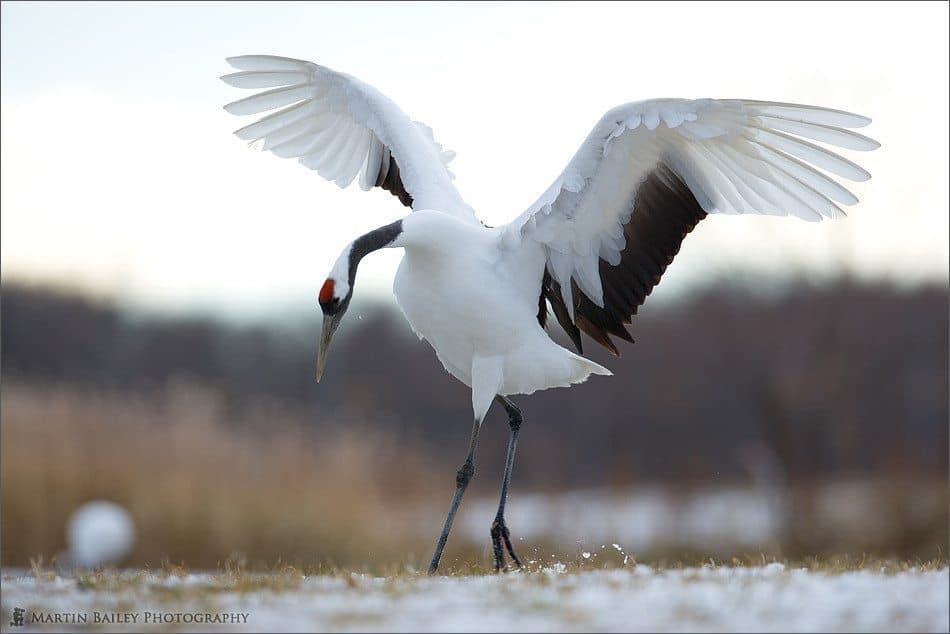
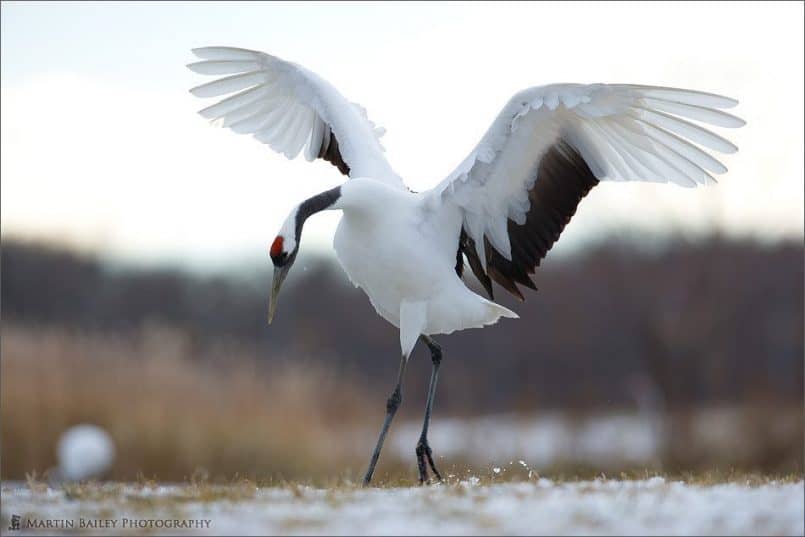
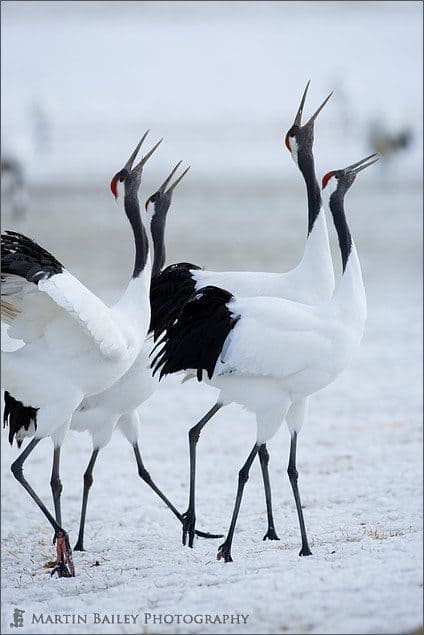
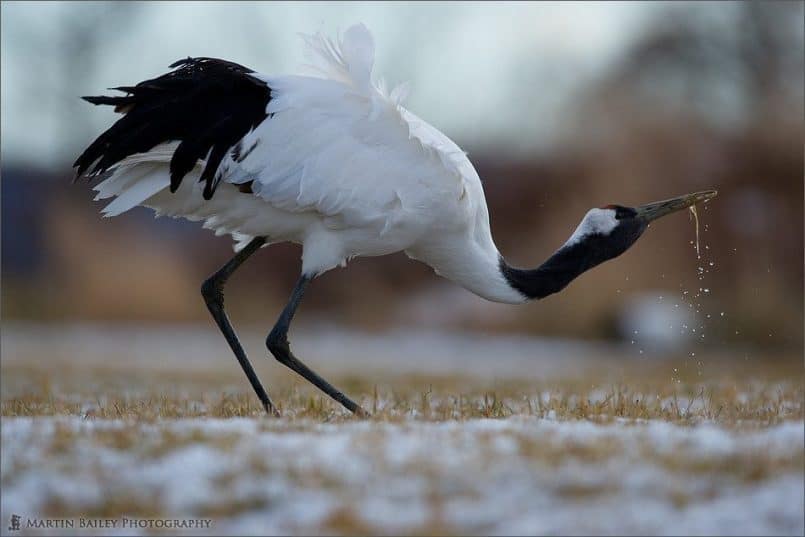
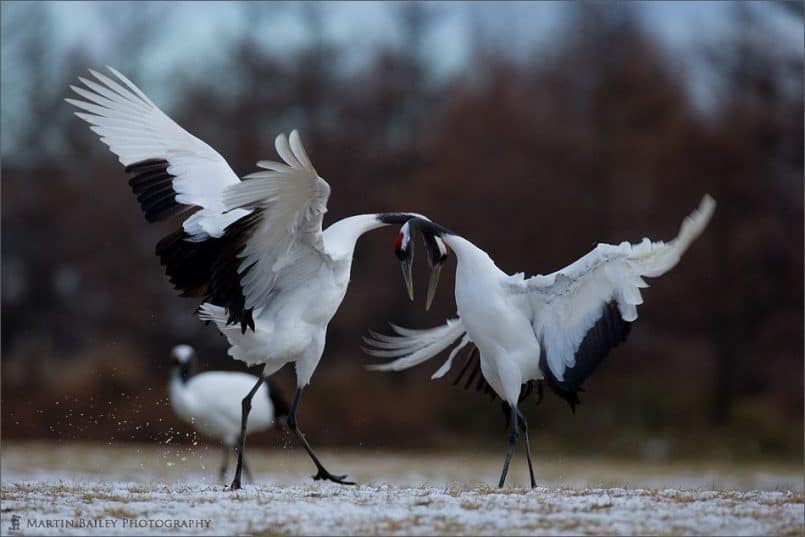

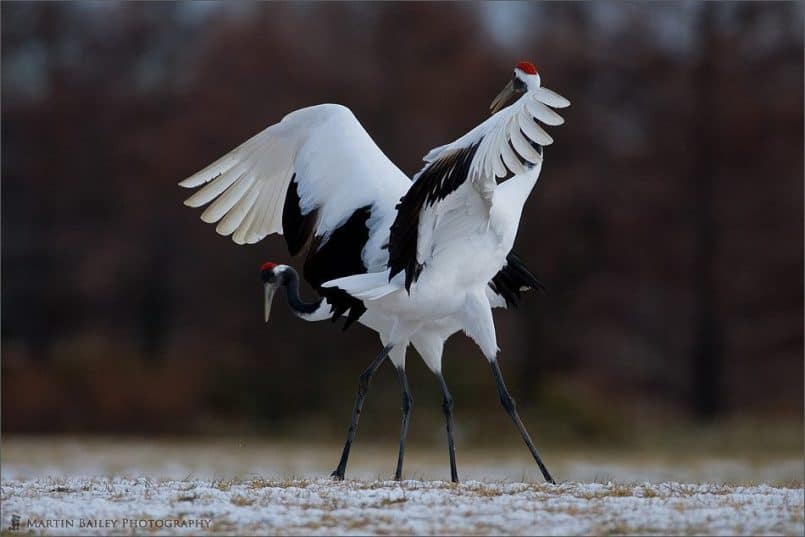
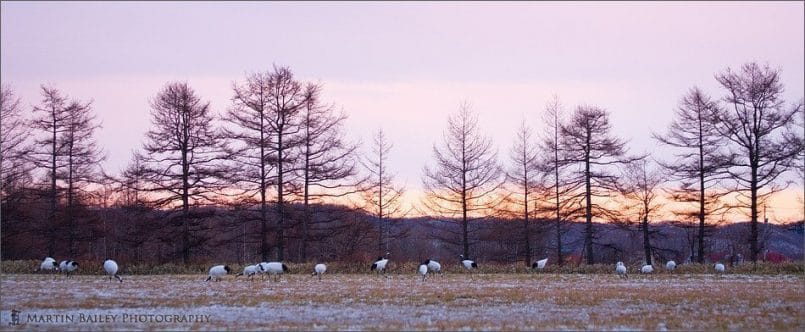
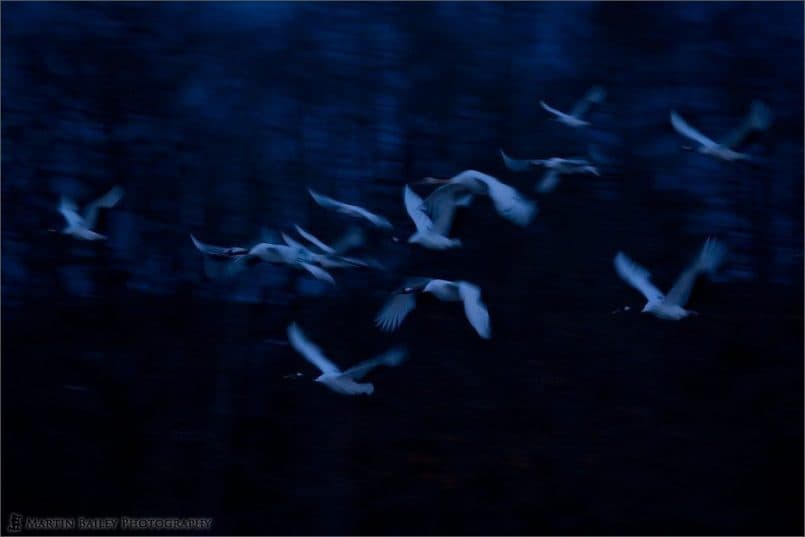
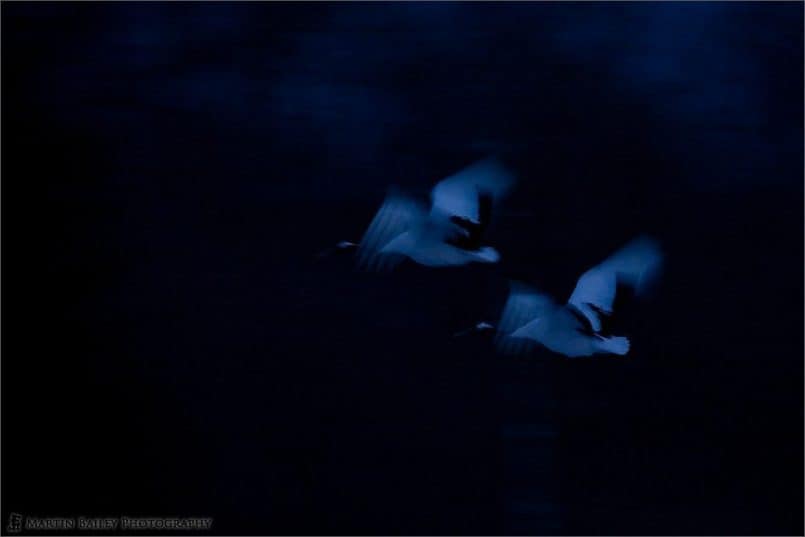

0 Comments